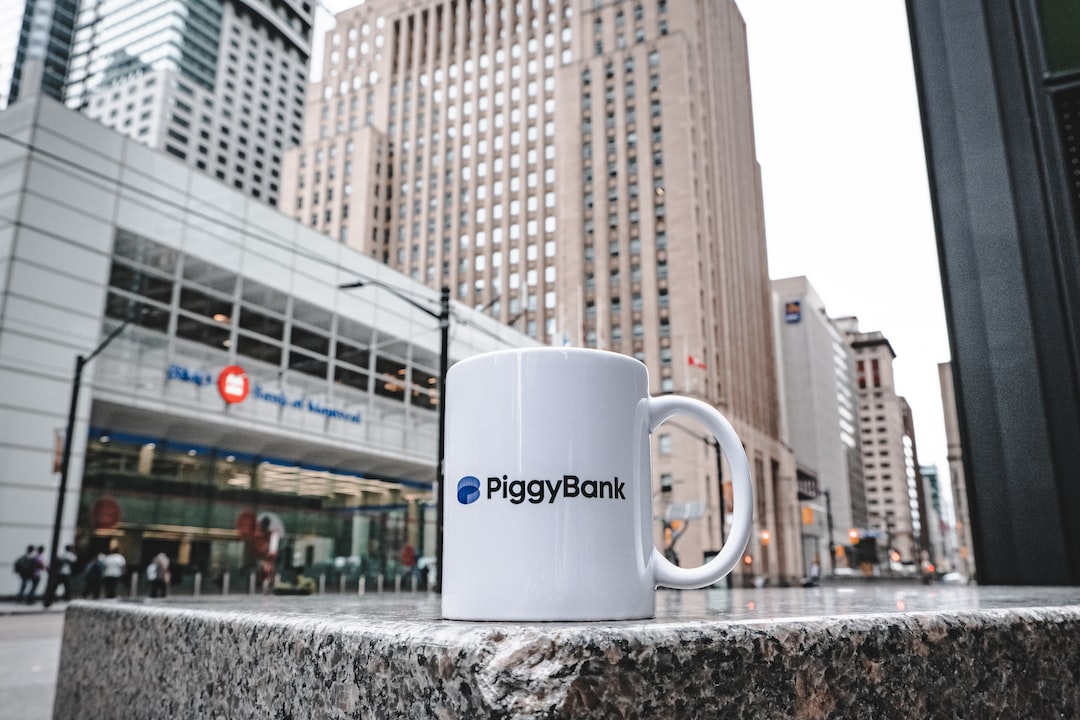Forex trading is the act of buying and selling currencies with the aim of making a profit. As with any investment, there is always a level of risk involved. Understanding how to calculate risk levels in forex is crucial to make informed trading decisions and manage your portfolio effectively. In this article, we will examine how risk levels for forex are calculated.
Forex Risk Management
Forex risk management refers to the strategies a trader uses to mitigate the risks involved in trading. These strategies include stop-loss orders, take-profit orders, and position sizing. A stop-loss order is an order placed with a broker to sell a security when it reaches a certain price. A take-profit order is an order placed with a broker to sell a security when it reaches a particular profit level. Position sizing refers to the amount of capital a trader allocates to a trade.
Calculating Forex Risk
To calculate the risk of a forex trade, you need to have a clear understanding of the following:
1. The size of your position: The size of your position is the amount of currency you are trading. It is usually measured in lots, and each lot represents a standard size of 100,000 units of the base currency. For example, if you are trading the EUR/USD pair and your position size is one lot, you are trading 100,000 euros.
2. The value of a pip: Pip stands for “percentage in point.” It is the smallest unit of measurement in forex trading. The value of a pip depends on the currency pair being traded and the size of the position. For example, if you are trading the EUR/USD pair, the value of a pip for a one-lot trade is $10.
3. The stop-loss level: The stop-loss level is the price at which you will exit the trade if it moves against you. It is calculated based on technical analysis, support and resistance levels, and other factors.
Once you have a clear understanding of these factors, you can calculate the risk of a forex trade using the following formula:
Risk = Position Size x Pip Value x Stop-Loss Level
For example, suppose you are trading the EUR/USD pair with a one-lot position size, a pip value of $10, and a stop-loss level of 1.2000. Your risk would be:
Risk = 1 x $10 x (1.2000 – 1.1900) = $100
This means that if the trade reaches your stop-loss level, you will lose $100.
Managing Forex Risk
Managing forex risk is crucial to successful trading. There are several strategies traders use to manage risk, including:
1. Stop-loss orders: Stop-loss orders are used to limit the amount of loss a trader can incur on a trade. By setting a stop-loss order, a trader can exit a trade if it reaches a certain price.
2. Take-profit orders: Take-profit orders are used to lock in profits on a trade. By setting a take-profit order, a trader can exit a trade when it reaches a certain profit level.
3. Position sizing: Position sizing refers to the amount of capital a trader allocates to a trade. By allocating a smaller percentage of capital to each trade, a trader can reduce the risk of their portfolio.
4. Diversification: Diversification refers to spreading investments across different assets to reduce risk. By trading multiple currency pairs, a trader can reduce the risk of their portfolio.
Conclusion
Calculating risk levels in forex is crucial to managing a successful trading portfolio. By understanding the size of your position, the value of a pip, and the stop-loss level, you can calculate the risk of a trade. Managing forex risk involves using strategies such as stop-loss orders, take-profit orders, position sizing, and diversification. By implementing these strategies, traders can reduce the risk of their portfolio and increase their chances of success.





